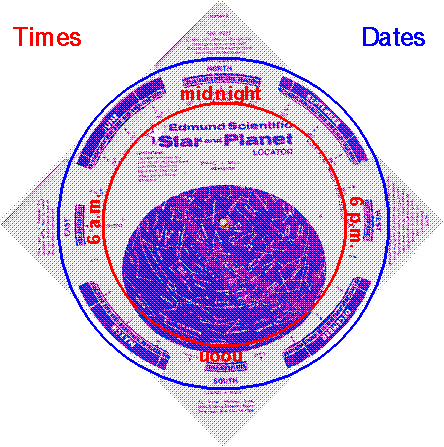

Since the stars rise and set, the particular collection of stars above our horizon changes with time-of-day and date. Thus you must set the star finder for the proper time and date. The hours of the day are displayed on the holder: midnight near the "north" part of the holder, 6 p.m. near the "west", noon near "south" and 6 a.m. near "east". (Yes, the stars are out 24 hours a day. If the Sun is above the horizon [and not eclipsed] it brightens the sky so that it is difficult to see the stars with unaided eyes, but they are "up".) The days of the year are displayed on the outer edge of the circular star map. Turn the circular star map until the date of interest on the wheel is next to the time of interest on the holder.
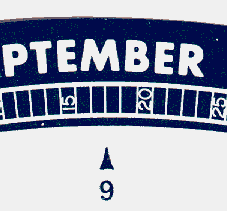 September 17 at 9 p.m.
September 17 at 9 p.m.
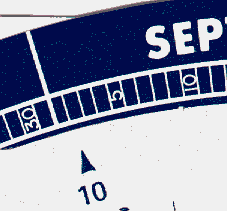 September 2 at 10 p.m.
September 2 at 10 p.m.
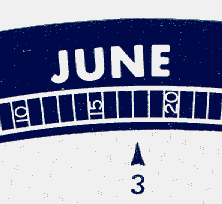 June 17 at 3 a.m.
June 17 at 3 a.m.
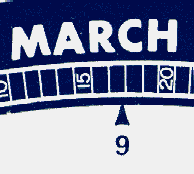 March 17 at 9 a.m.
March 17 at 9 a.m.
In fact all of the above time-date combinations correspond to exactly the same sky. The stars that are visible tonight at 9 p.m. are "up" every day of the year -- the time-of-day simply shifts back about 4 minutes per day (or 2 hours per month). Thus the stars that are up on September 17 at 9 p.m., will be up on October 17 at 7 p.m. and August 17 at 11 p.m.